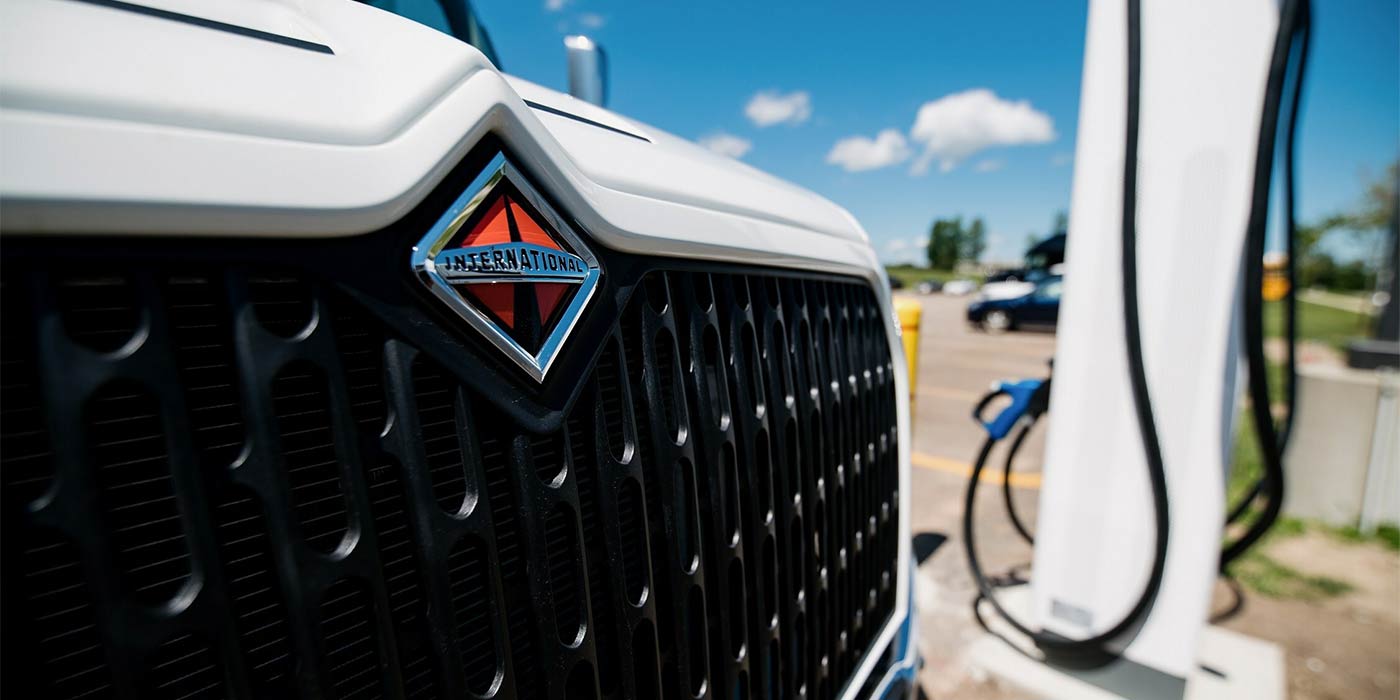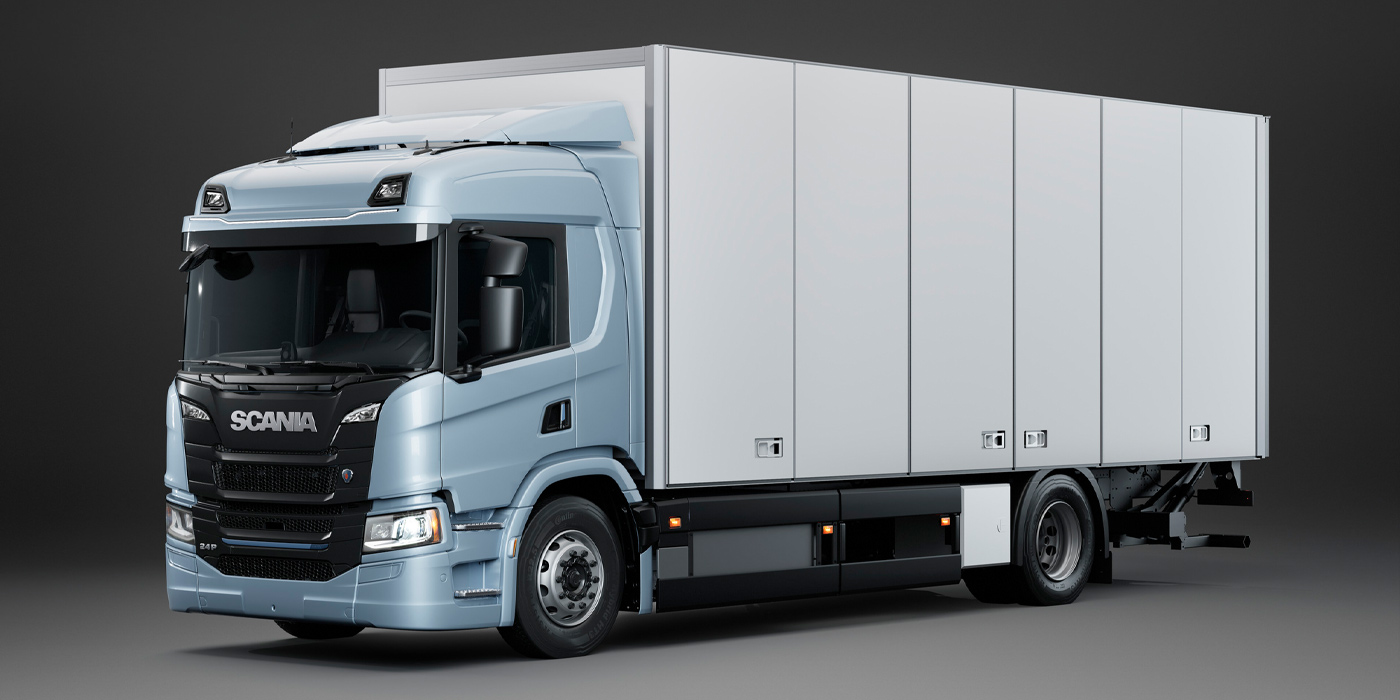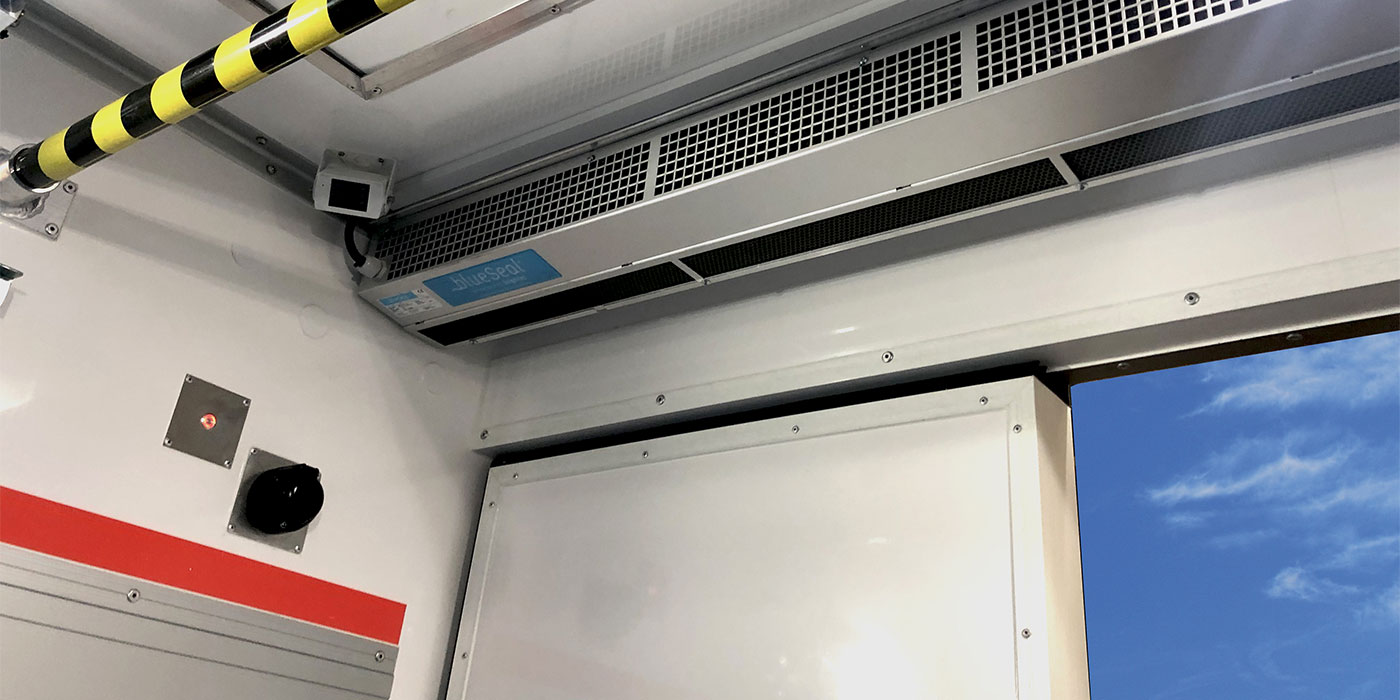Making effective tire choices for fuel efficiency, relates Curtis Decker, national manager, field engineering at Continental Tire North America, Commercial Group, means fleet managers have to first consider the true environment in which their vehicles operate.
“Fuel efficiency and savings equate to certain market sectors and are difficult in others,” he says. In some cases, such as delivery and on-highway operations, choosing fuel efficient tires is simpler.
“In other types of operations,” Decker continues, “the nature of the business is such that traction is a primary concern, and in those fleets it’s difficult to make fuel efficiency a primary target when choosing tires. That’s not to say you should ignore fuel efficiency but other factors may outweigh it.”
Guy Walenga, director of engineering, commercial products and technology at Bridgestone Firestone, notes that when making effective tire choices for fuel efficiency, fleets that will get the overall best MPG benefit are long haul operations. “As mileage diminishes,” he says, “the ability to gain a fuel efficiency benefit diminishes as well. At lower mileages, differences are evident. Application is always a factor in tire choice.
“However,” Walenga points out, “there are fewer tradeoffs today with fuel efficient tires because manufacturers have been addressing the need for both fuel efficiency and long tread wear with compounds and designs. The differences seen before are closing. For example, in the past a drive tire with a tread depth of 30/32nds offered long wear and great casing life but lower fuel efficiency. Today’s version, on the other hand, is 2/32nds deeper but rolling resistance is reduced, resulting in both longer life and better MPG.”
Rolling resistance data
One thing to consider, Continental’s Decker notes, is data from SAE tests on rolling resistance. Manufacturers use one of three SAE tests to determine rolling resistance and will have the data from those evaluations to back up their claims.
“Rolling resistance numbers for tires offered by major manufacturers tend to vary by just a few percentage points,” Decker adds. “What’s important to realize is that while the total contribution to fuel efficiency from tires on a typical tractor-trailer combination is 35 percent, steer tires make up 12 percent of that figure, drive tires equate to 49 percent and trailer tires equal 39 percent. In other words, 88 percent of the fuel efficiency contribution from tires is in the drive and trailer positions.”
Guy Walenga at Bridgestone Firestone relates that data on tire contribution by wheel position is changing. “Earlier testing assumptions are not always valid today because vehicles and speeds have changed, tires have changed, trucks are more aerodynamic and today’s standard is different than before,” he states.
“For example,” Walenga continues, “newer data on tire contribution by wheel position based on tests to isolate axle groups indicates that steer tires can account for up to 17 percent of fuel efficiency from tires, drives for 31 percent and trailers at 52 percent. The changes can be partly attributed to testing at 76,000 lbs. GCW compared to average weights between 72,000 and 76,000 lbs. previously.”
Magic triangle
The majority of a tire’s fuel efficiency is in the tread’s compounding, notes Continental’s Curtis Decker. “Tire manufacturers,” he explains, “often look at a magic triangle when designing rubber compounds for tires. The sides of the triangle include rolling resistance, total durability or wear rate, and traction. The goal is to balance the three factors. Anytime a target moves toward one corner it moves away from other two so if you are targeting durability or traction as a design goal, you are robbing fuel efficiency.”
It’s all in the compounding, agrees Bridgestone Firestone’s Walenga. “All manufacturers are looking at the big picture and understanding how tread compounds and designs, and casing design and construction, impact fuel efficiency for steer, driver and trailer tires,” he relates. “As a result, while manufacturers used to offer standard and fuel efficient lines of tires, that’s less the case now because all tires are more fuel efficient and there isn’t really a non fuel efficient tire.”
Addressing tire technology during last year’s Electric Utility Fleet Manager’s Conference, Matt D’Arienzo, national strategic account manager, The Goodyear Tire & Rubber Co. hit on the same theme. “The typical truck tire has 40 different components working together,” he said, “and up to 12 different rubber compounds with characteristics to enhance performance of a vehicle in its working environment. One of the challenges faced during the design process is developing a product that delivers a good balance of performance properties.
“In the ideal case,” D’Arienzo continued, “the resulting product would also provide equal improvement for the other performance properties. In most situations, though, this doesn’t happen. We often have to deal with performance trade-offs when we try to optimize one performance property.”
Balancing value
An understanding of how tread compounds, tire design and construction, impact tire fuel efficiency is important, adds Continental’s Decker. “It all relates to the magic triangle and balancing value propositions,” he states. “Is tread compound biased toward low rolling resistance while pushing durability as far as possible? How do casings impact the fuel efficiency of retreads? Realistically, casing designs from major suppliers are fuel efficient and retread products offer equal to or better fuel economy as new tires, especially with first cap.”
Manufacturers, says Bridgestone Firestone’s Walenga, continue to work to attain resistance to wear, increased tread mileage and reduced overall rolling resistance. “Making the right choices about tire fuel efficiency involves many considerations,” he advises. “Drivers, loads and suspensions are all factors. It’s important to know those things as well as where your fleet is in terms of fuel efficiency. And in all cases, if you can’t justify it, don’t make the choice.”
Fleet maintenance managers, concludes Continental Tire’s Decker, need to take into account variables not previously considered. “When specifying tires for fuel efficiency,” he says, “study costs over the life of the tire. Invest the time it takes to see true costs and be honest with yourself.”
BALANCING ACT
Every fleet manager knows that realizing long life and optimum efficiency from tires requires effective maintenance, including properly balanced tires and wheels. Several items offered by International Marketing Inc. (IMI) (www.imiproducts.com) are designed to address this need:
• XACTBalance Truck is a wheel weight that adjusts to changing driving conditions through the use of free-moving steel particles housed within a flexible thermoplastic cartridge. Affixed to the wheel with industrial-strength adhesive, XACTBalance Truck compensates for changes in the tire’s contact patch (the area of tire tread that touches the road) caused by variations in speed, load and direction, resulting in a smoother ride and a more accurate balance.
• XACTBalance 180s consists of two long thermoplastic cartridges designed to cover the interior diameter of each wheel to create 360 degrees of vibration reduction. This approach allows XACTBalance 180s to be installed without the use of spin balancing equipment. The patented technology behind XACTBalance Truck and XACTBalance 180s, according to IMI, reduces vibration 40 percent to 60 percent more than standard weights, extends tire life by contributing to even wear and eliminates the need for traditional clip-on weights.
• EQUAL is a dry polymer that works inside the tire cavity. EQUAL granules are forced across the tread width and around the circumference of the tire, responding to force variations caused by non-uniformities within the tire, the road and even the load. EQUAL works where the rubber meets the road and repositions as the load and speed change to maintain a vibration-free, stable footprint.
Installation is as easy as dropping in a self-opening EQUAL bag before the tire is mounted.
TIRE ELECTRONICS
Michelin North America is offering fleets what it calls “the future of tire electronics.” Five years after introducing its eTire pressure and asset monitoring system, the manufacturer is now launching its eTire II second generation sensor patch, which it says offers accurate, temperature-compensated, automatic pressure measurement. Temperature compensation allows the eTire II system to identify vehicles with slow leaks as they enter a service bay or terminal.
Developed by Michelin Americas Research and Development Corp. (M.A.R.C.) and Honeywell Sensing & Control under a joint development agreement, the eTire II system includes the sensor patch that is applied to the interior of the tire’s sidewall, a hand-held reader that can interrogate the patch via radio frequency, which is absorbed, modified in frequency and reflected back to the sensor, a drive-by reader that retrieves the sensor information automatically and BibTrack Internet-based tracking software that allows the fleet to monitor its tire assets from multiple terminals.
For the eTire II system, the hand-held reader has been redesigned and ergonomically improved when compared to the previous generation device. The drive-by reader has also evolved and is now more powerful and more robust than the original eTire version, Michelin also notes. In addition, the sensor patch, which contains an RFID module and a battery-free pressure/temperature sensor, now weighs less than half an ounce.













